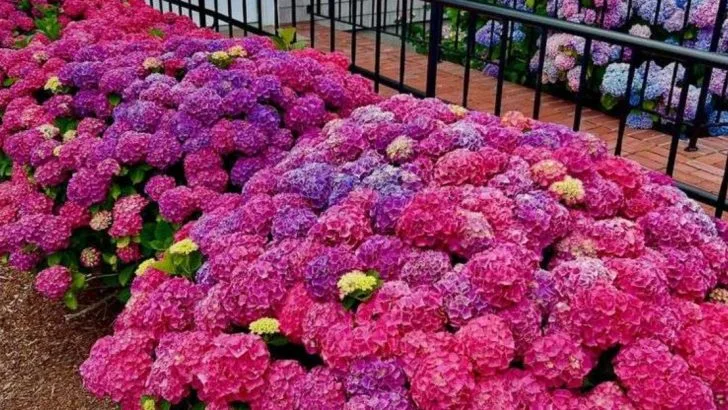Planting shrubs can add structure, beauty, and lasting appeal to your garden — but timing is everything. Some shrubs can handle the heat of early summer and establish roots quickly, while others are far better off being planted in the cooler days of fall.
In this article, we guide you through 7 shrubs you can safely plant in early summer, along with 7 varieties that are best saved for a fall planting. Choosing the right shrub at the right time will give your garden the best chance for strong growth and year-round success.
Make smart planting decisions now, and enjoy a thriving, vibrant garden for seasons to come!
Hydrangea
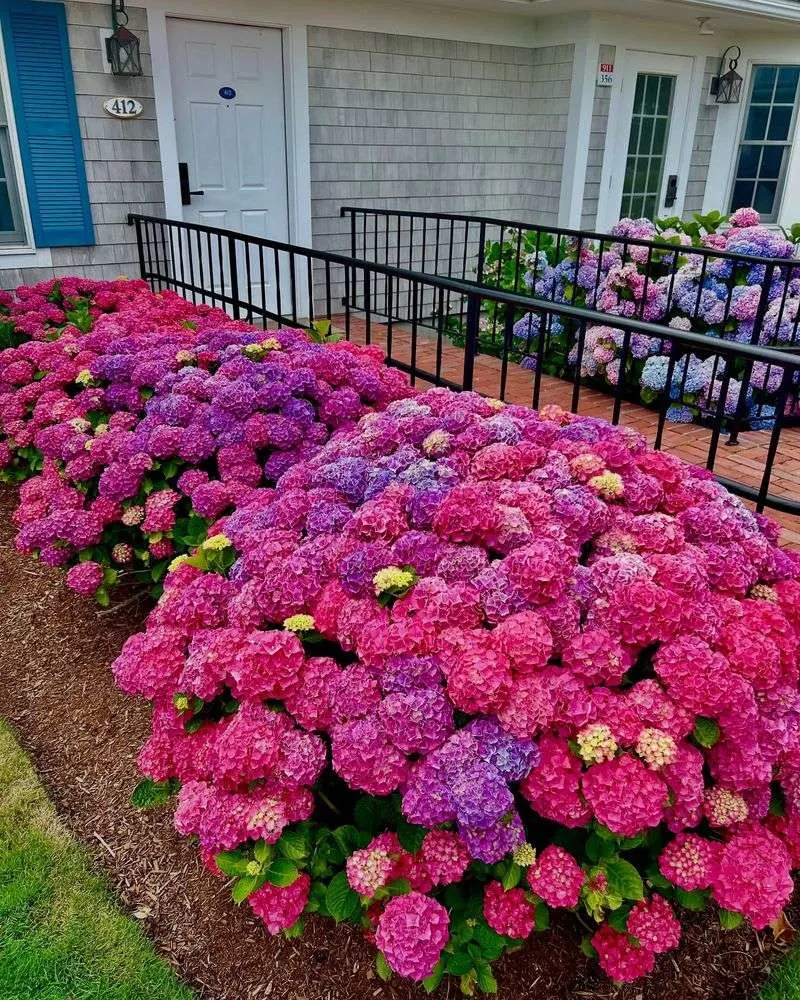
Hydrangeas, famed for their voluminous blooms, offer an array of vibrant colors. Their blooms can shift between pink and blue, depending on the soil’s acidity. Planting them in early summer ensures they establish well before winter. Their ability to thrive in various soil types makes them a favorite among gardeners. Make sure they receive morning sun and afternoon shade to maintain their vivid hues. A well-watered hydrangea will reward you with a spectacular floral display, enhancing any garden space. Tailor their color by adjusting the pH of the soil, providing endless possibilities for your landscape.
Rose of Sharon
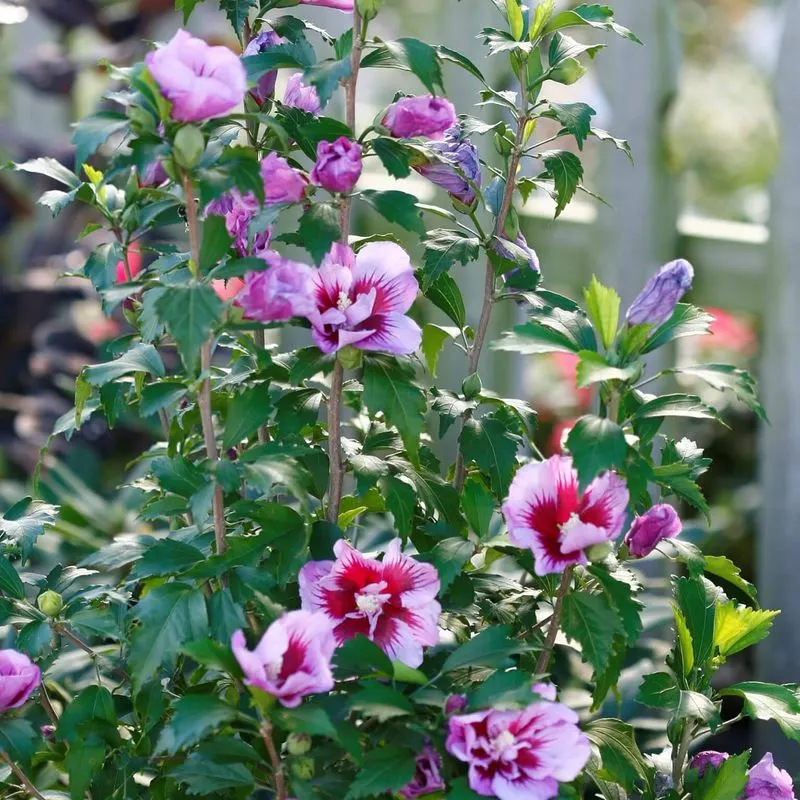
With its exotic trumpet-shaped flowers, Rose of Sharon adds a tropical flair to gardens. These shrubs flourish when planted in early summer, adapting quickly to their environment. As a late summer bloomer, they extend the flowering season well into autumn. This versatility makes them a valuable addition to any garden. Their vibrant blooms attract pollinators, providing a lively atmosphere. Ensuring they are placed in a sunny spot will guarantee a plethora of blossoms. Minimal pruning is required, making them a low-maintenance option for those seeking beauty with ease.
Butterfly Bush
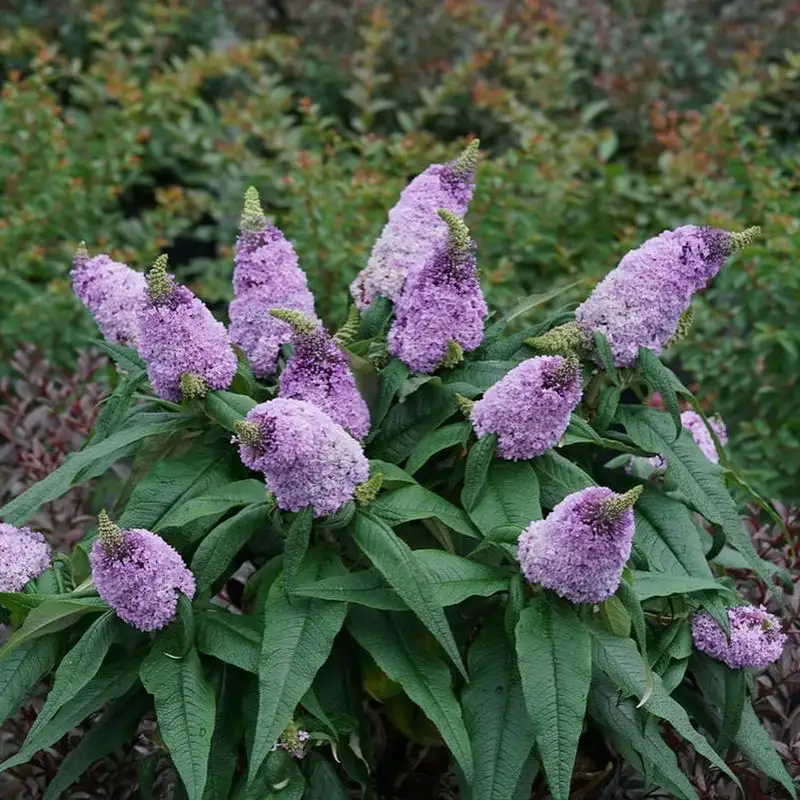
The butterfly bush, with its sweeping clusters of fragrant flowers, is a must-have for any wildlife-friendly garden. Known for attracting butterflies and hummingbirds, its appeal is undeniable. Planting in early summer allows its roots to establish before the colder months. This shrub thrives in sunny spots and well-drained soil, making it versatile and easy to care for. Regular deadheading prolongs its flowering season, providing continued enjoyment. Its cascading blooms create an enchanting display, perfect for brightening up borders or containers. Enjoy a garden filled with fluttering visitors all season long.
Spirea
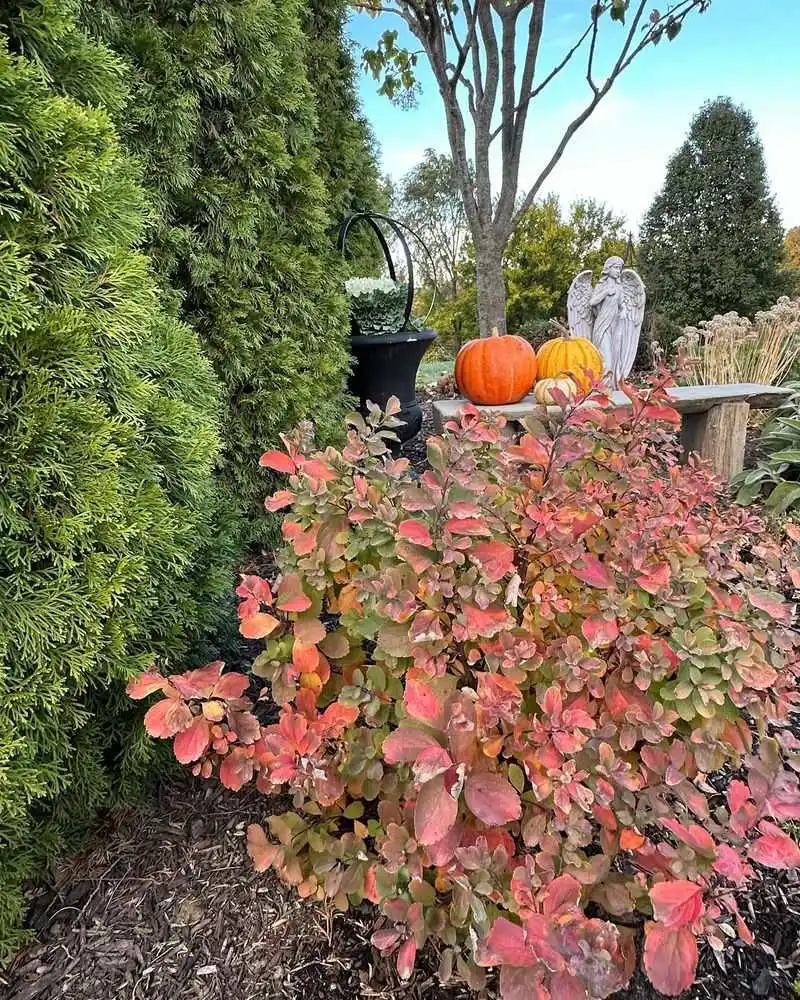
Spirea’s delicate blooms offer a subtle elegance, perfect for borders and hedges. Flourishing in early summer, they quickly adapt to various soils and conditions. Their small, clustered flowers create a soft tapestry of color, ranging from pink to white. This adaptability makes them an ideal choice for both novice and experienced gardeners. Regular pruning after blooming encourages a second flush of flowers, prolonging their charm. Spirea’s understated beauty complements any garden design, adding both texture and interest. Its resilience ensures it remains a staple in garden landscapes.
Lavender
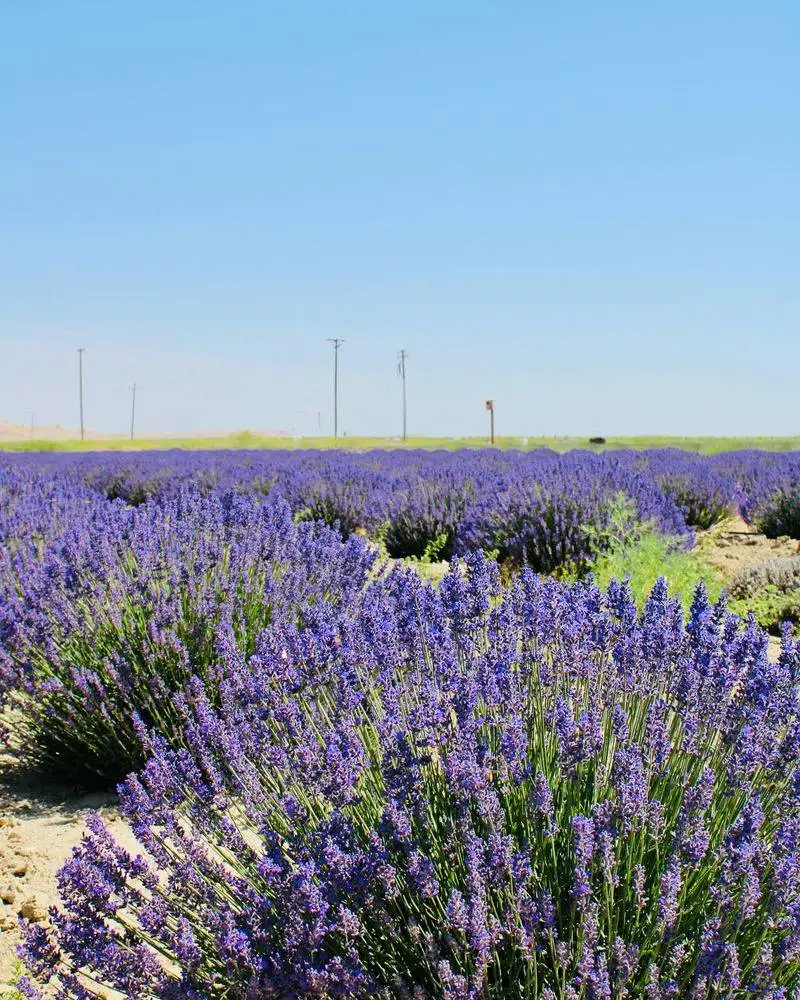
Lavender’s aromatic presence is synonymous with tranquility and calm. Early summer is the ideal time to plant, ensuring they establish well in warm soil. Known for its drought tolerance, lavender thrives in well-drained soil with plenty of sunlight. Its fragrant purple spikes not only attract bees but also make it a popular choice for culinary and aromatherapy uses. Regular pruning after flowering helps maintain its shape and encourages new growth. A lavender border or path adds a sensory delight, infusing the air with its calming scent, creating a peaceful retreat.
Forsythia
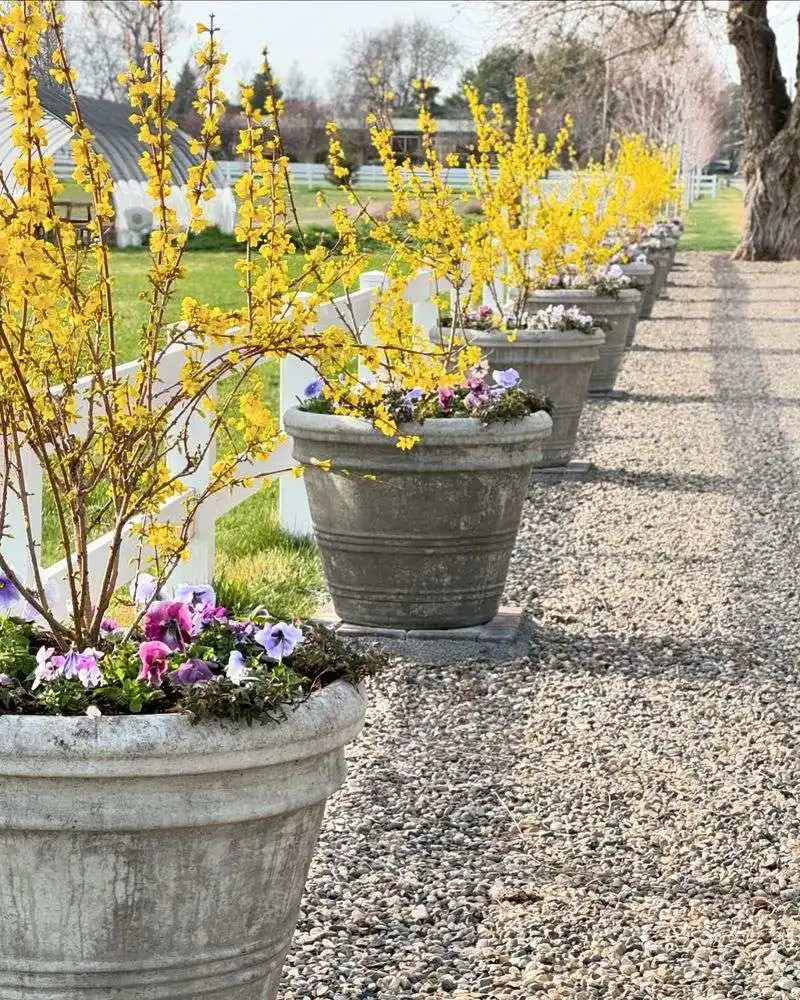
Forsythia’s cheerful yellow flowers herald the start of the growing season, bringing a burst of sunshine to gardens. Planting in early summer ensures these shrubs develop strong roots, ready to explode with color come spring. Their fast growth and easy care make them a popular choice for hedges and borders. Forsythia thrives in full sun and well-drained soil, requiring minimal intervention. Pruning immediately after flowering maintains their shape and encourages more blooms. As an early bloomer, they provide essential nectar for emerging pollinators, supporting your garden’s ecosystem.
Lilac
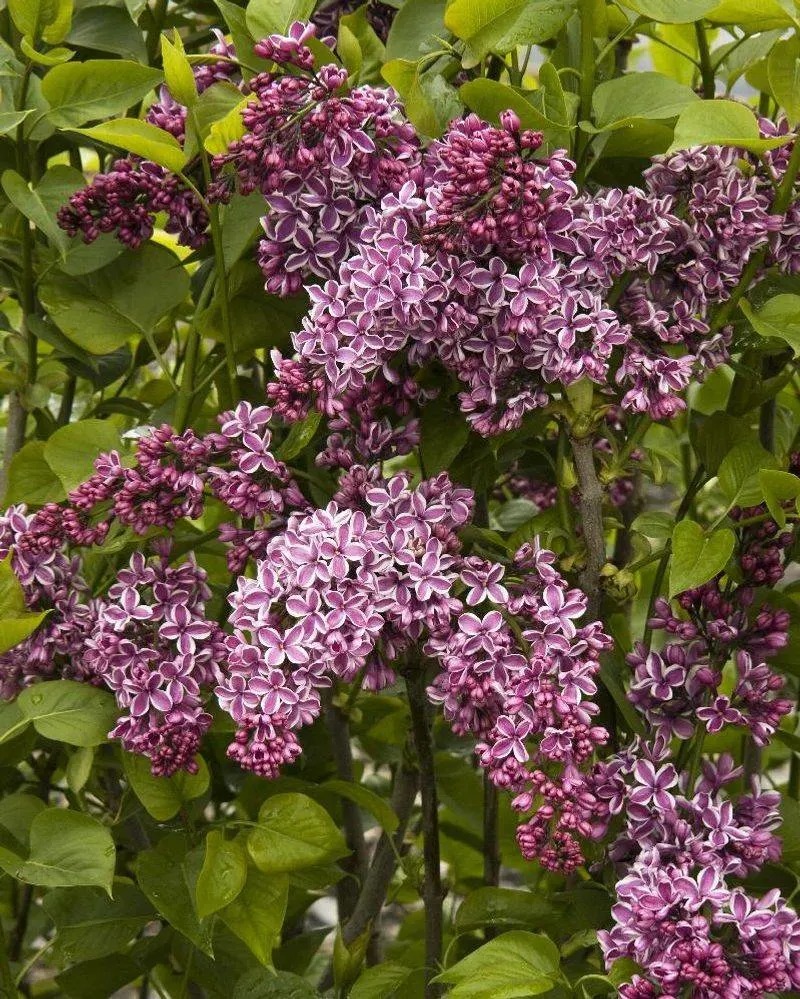
Lilacs evoke nostalgia with their heavenly fragrance and romantic blooms. Planting in early summer allows these shrubs to establish before winter, setting the stage for a stunning spring display. Known for their vibrant purple and white clusters, lilacs thrive in full sun and well-drained soil. Their heady scent attracts pollinators and delights the senses. Regular pruning after flowering encourages healthy growth and abundant blooms. A lilac bush near a window or path invites its aromatic presence indoors. Its timeless beauty and fragrance continue to captivate gardeners year after year.
Viburnum
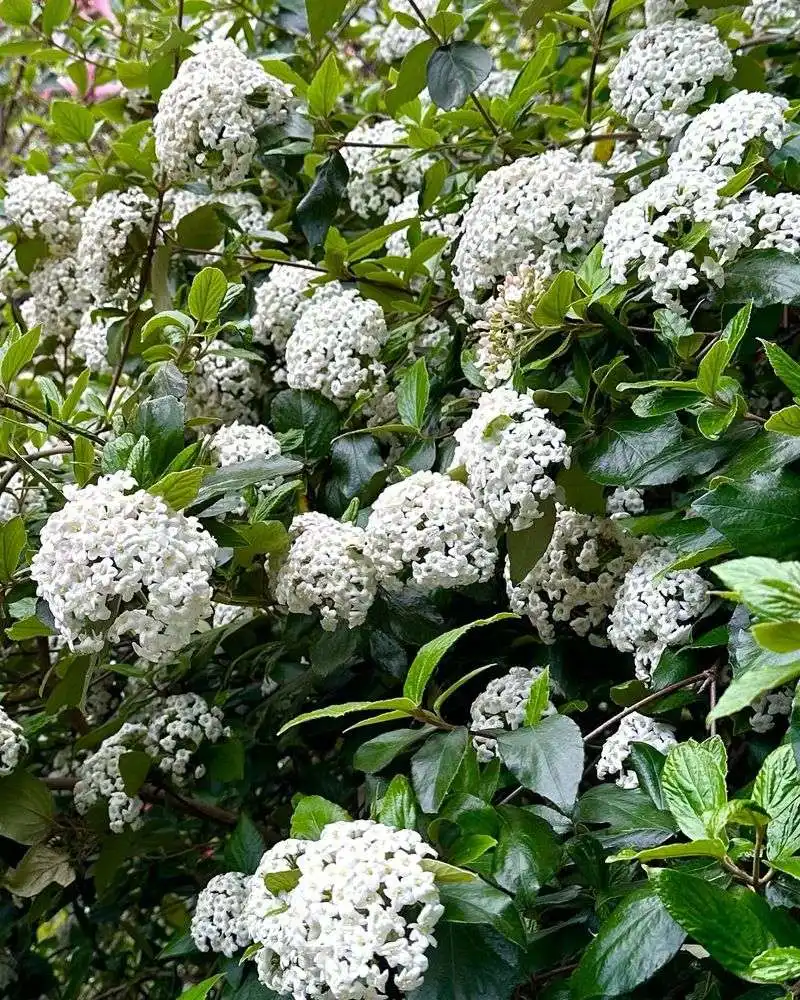
As fall approaches, planting viburnum offers a stunning display of berries and rich foliage. Known for their adaptability, viburnums thrive in various soil types and conditions. They provide a vital food source for birds during the colder months, adding life to the garden. Their colorful foliage in autumn is a visual delight, making them a sought-after choice for fall planting. Regular pruning helps maintain their shape and encourages healthy growth. Viburnum’s versatility and seasonal interest make it a valuable addition to any landscape, offering beauty and wildlife support.
Camellia
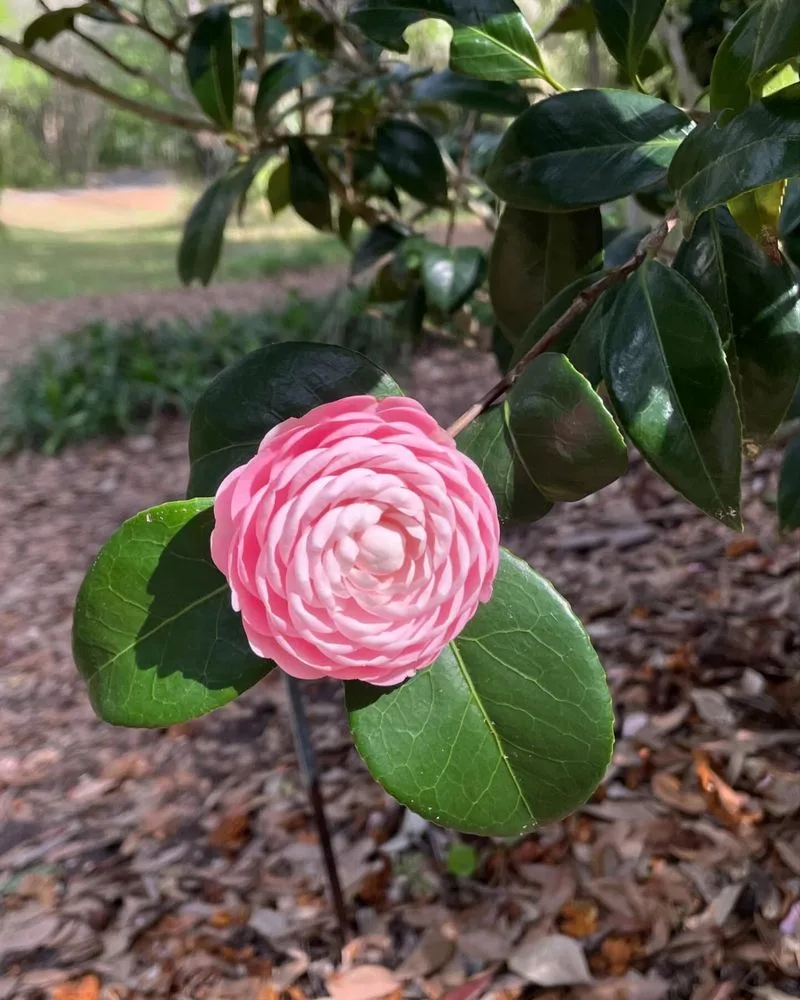
Camellias, with their glossy evergreen leaves and show-stopping blooms, are best planted in fall. This timing allows their roots to establish in cooler soil. Their flowers, ranging from bold pinks to pristine whites, bloom in the chill of winter, adding color when few others do. They prefer partial shade and acidic, well-drained soil. Mulching helps retain moisture and protect roots. Pruning after flowering maintains their shape and encourages new growth. Camellias’ timeless elegance and hardiness make them a cherished addition, especially in shaded garden spots needing a touch of brightness.
Holly
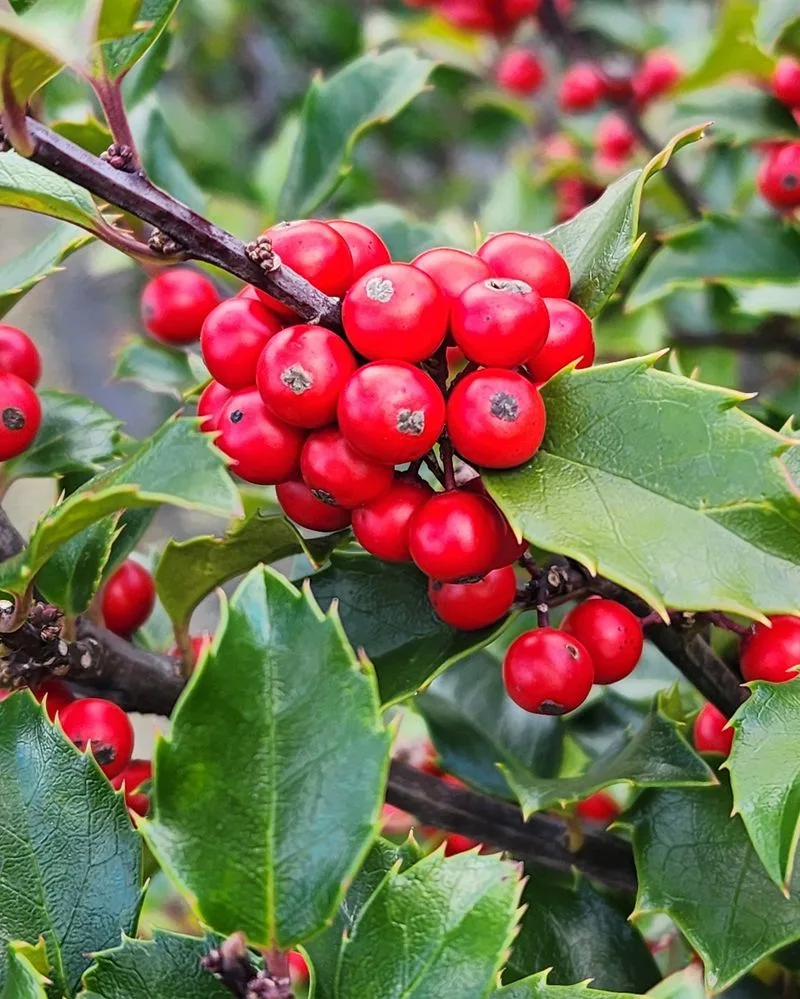
With its glossy leaves and striking red berries, holly is a quintessential fall planting choice. Known for its festive appearance, it brightens the garden as temperatures drop. Holly thrives in well-drained soil and partial shade, making it versatile for various garden settings. Its berries provide essential winter food for birds, supporting local wildlife. Planting in autumn allows its roots to establish before spring growth. Regular pruning ensures a dense, bushy shape. Holly’s classic charm and ecological benefits ensure it remains a favorite for creating year-round interest.
Azalea
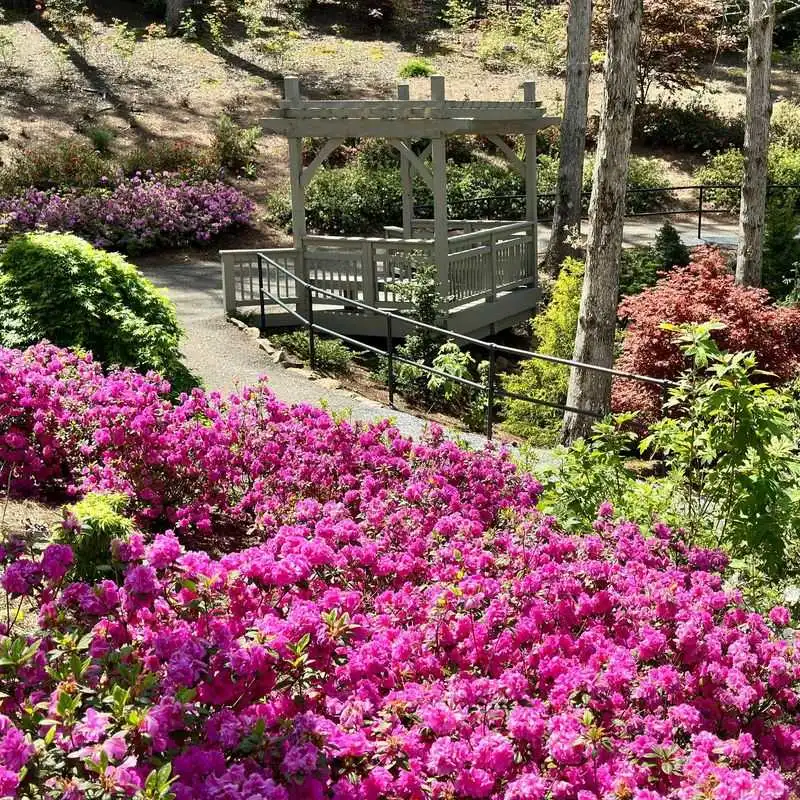
Azaleas, with their vivid blooms, are a sight to behold in any garden. Fall planting allows them to establish roots in cooler temperatures, preparing for a spectacular spring bloom. They thrive in acidic, well-drained soil and prefer dappled shade. Regular watering is essential during dry spells, as they are shallow-rooted. Pruning after flowering enhances their shape and encourages more blooms. Their vibrant colors, ranging from fiery reds to soft pinks, bring a splash of color to shaded areas. Azaleas’ ability to transform garden spaces ensures they remain a perennial favorite.
Dogwood
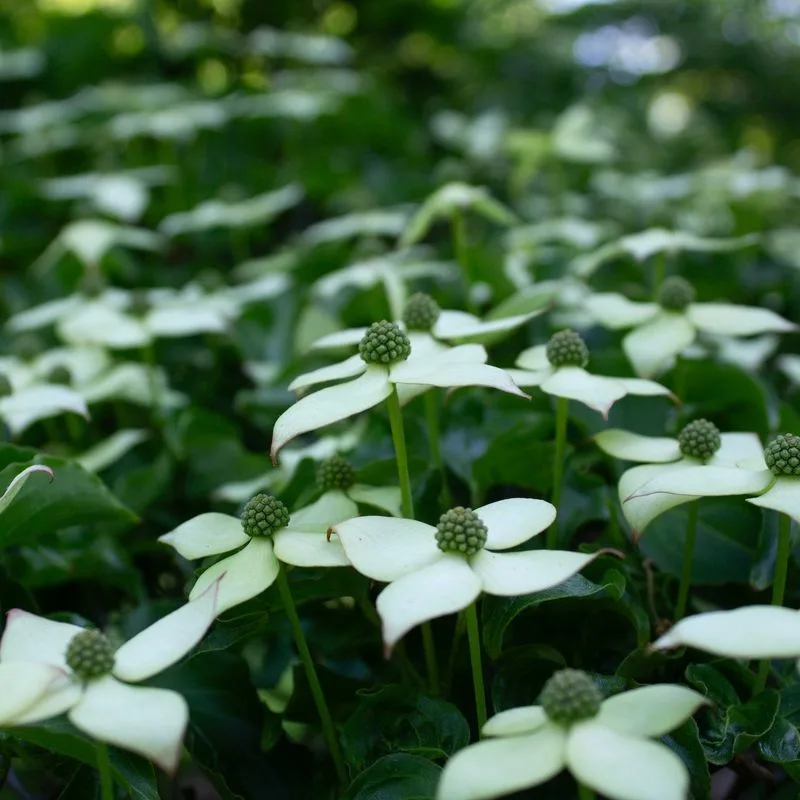
Dogwoods, with their graceful branches and vibrant fall foliage, are best planted in autumn. This timing allows them to establish roots in cool, moist soil. Their fall display, with fiery reds and oranges, brightens any landscape. Dogwoods thrive in well-drained soil and partial shade, making them suitable for various garden settings. Their berries provide food for birds, enhancing your garden’s biodiversity. Regular pruning helps maintain their elegant shape. Dogwoods’ striking seasonal interest and ecological benefits make them a valuable addition to any garden space.
Rhododendron
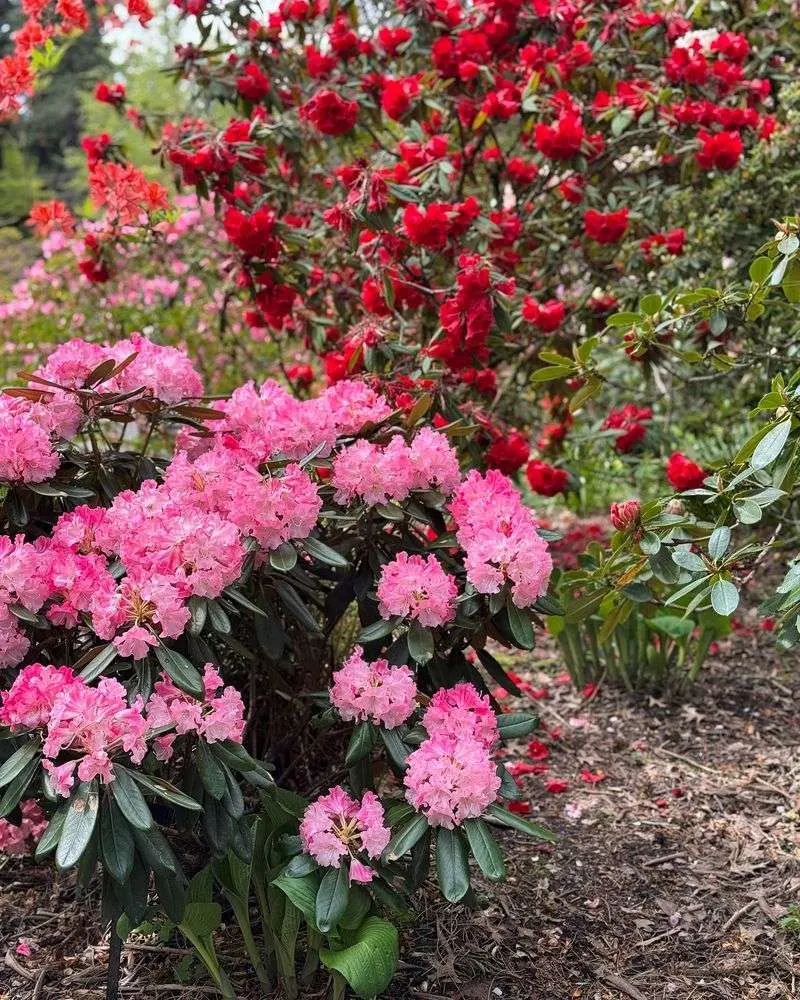
Rhododendrons, loved for their showy blooms, benefit from fall planting, allowing roots to establish in mild temperatures. Their large, vibrant flowers add drama to any garden in spring. Thriving in acidic, well-drained soil, they prefer dappled shade. Regular watering is crucial, especially during dry spells. Pruning after flowering encourages a bushy growth habit and more blooms. Rhododendrons’ bold presence and colorful flowers make them an essential choice for gardeners seeking year-round beauty. Their ability to adapt to various conditions ensures they remain a popular choice.
Boxwood
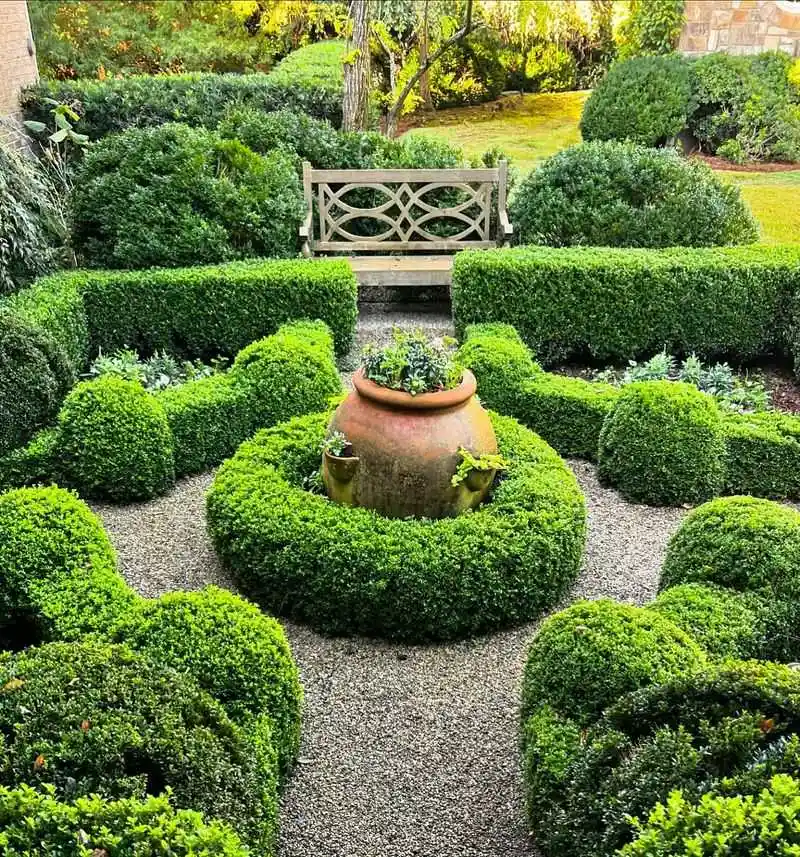
Boxwoods, known for their dense, evergreen foliage, are ideal for fall planting. This timing allows roots to develop in cool, moist soil, resulting in robust growth come spring. Their versatility makes them perfect for formal hedges, topiary, or standalone specimens. Boxwoods thrive in well-drained soil and can tolerate both sun and shade. Regular pruning maintains their shape and encourages dense growth. Their year-round greenery adds structure and elegance to garden designs. With minimal care requirements, boxwoods continue to be a favorite among gardeners seeking reliable beauty and form.

